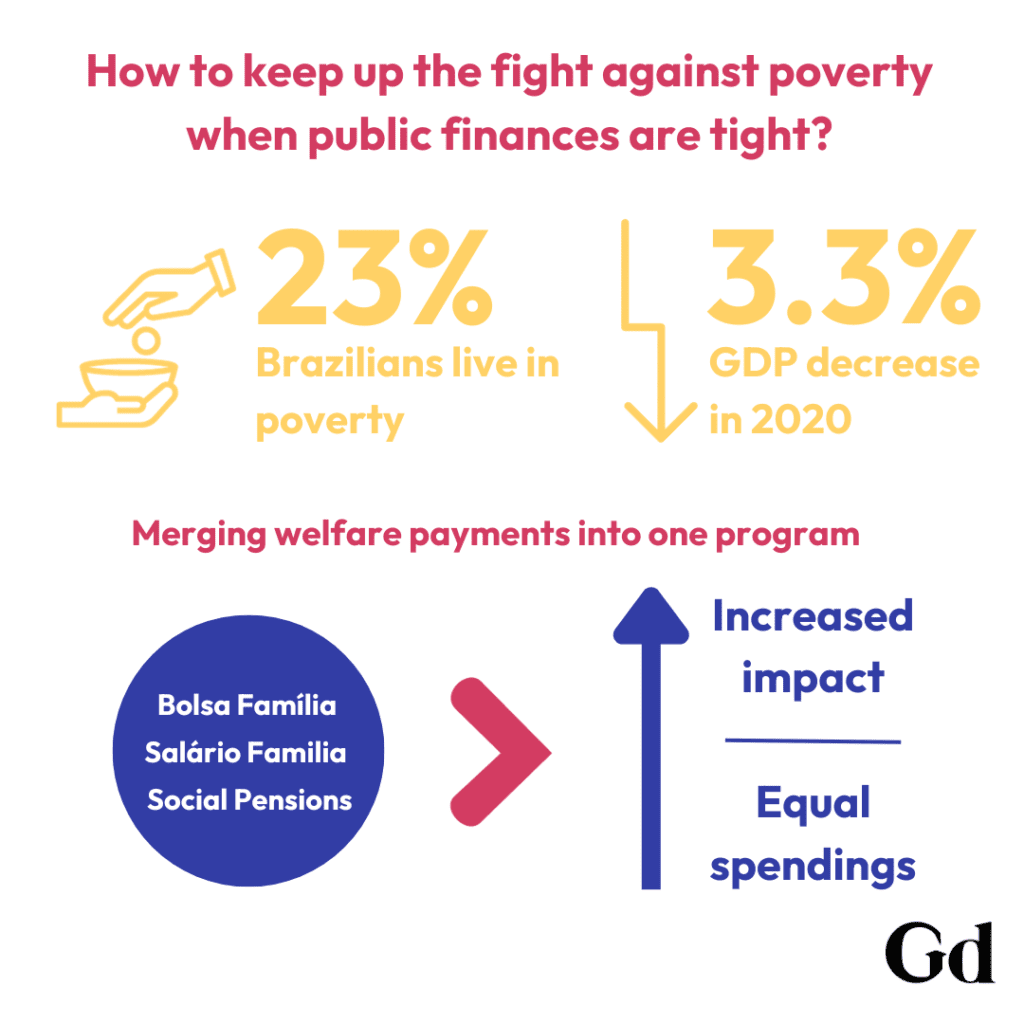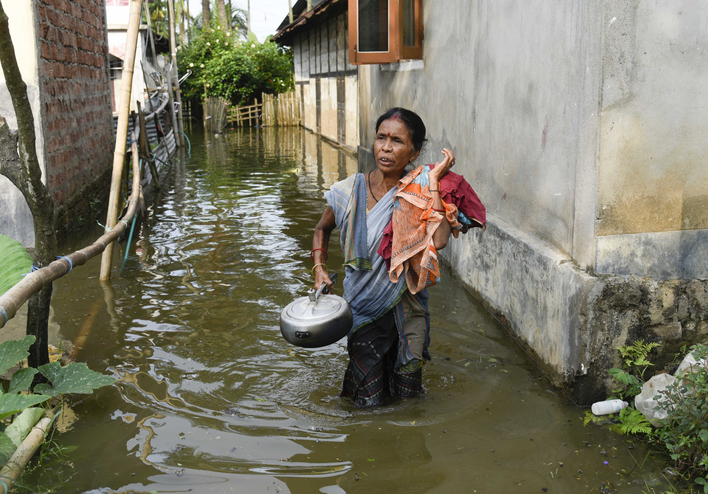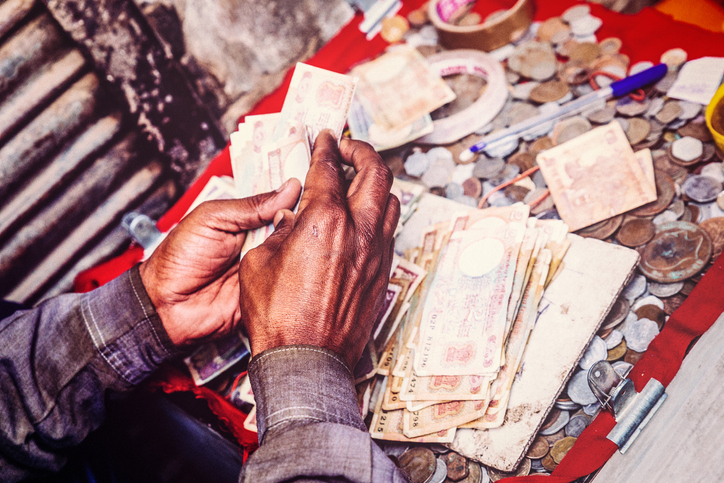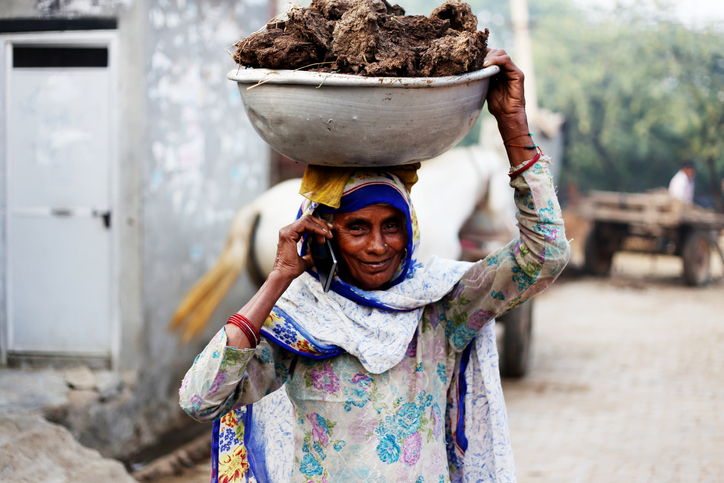The COVID-19 pandemic has drained public finances around the world and left governments struggling to keep up the fight against poverty. But research suggests that governments could support the poor better by restructuring existing systems of taxes and spending – and that this move needn’t put extra pressure on depleted public coffers.
Many governments took bold emergency measures to cushion their economies and citizens against the deep and multidimensional impacts of the COVID-19 pandemic. Among the fiscal measures were costly cash transfers, tax incentives and loan guarantees.
Globally, the emergency programs cost over USD 3 trillion in 2020–2021. Government spending on these fiscal response packages varied between 1.1 percent of GDP in the Middle East and North Africa to 7.4 percent in North America.
Two years into the economic recovery, countries now have more breathing room to take another look at their finances. In doing so, it is key that they adopt policies that boost the incomes of the poor and vulnerable.
Indeed, according to the World Bank’s most recent Macro Poverty Outlook, the poverty rate (the share of people earning less than USD 6.85 per day) was higher in 2022 than in 2019 in 46 countries, 10 of which are low income. In South Asia, for example, the average cross-country poverty rate increased by 4.5 percentage points. The projections for Sub-Saharan Africa suggest poverty increased by 0.6 percentage points. Overall, among the countries analyzed, there were 4.5 million more poor individuals in 2022 than before the pandemic.
Unfortunately, at this juncture of heightened need for support, governments are more fiscally constrained than they were before the pandemic. Public debts as a share of GDP are projected to be higher in 2022 than they were during the three years prior to the pandemic and are likely to follow the trend observed in the 2019–2021 period, when globally they rose from 84.1 to 95.7 percent.
How can countries continue supporting the poor and tackling inequality if coffers are not what they used to be? Unpacking the incidence of fiscal policies (IFP) can help answer this question.
What is the incidence of fiscal policies (IFP)?
IFP is a method for providing a comprehensive overview of the impacts of policies that affect families’ income, such as taxes and transfers. It disentangles the effects of each policy and, crucially, shows whether it contributes to improve, or worsen, society’s poverty and inequality indicators.
It achieves this by comparing the concentration of a policy’s burden across different income groups. Generally speaking, if the richest pay a larger share of the total amount paid in taxes than the poorest, we say that the tax is progressive. If, instead, the poorest pay a relatively higher share, the tax can be considered regressive, as it leads to greater inequality.
Classifying taxes and transfers in this way makes it possible to compare policies in terms of how much they close income gaps. It can even determine which groups are better off due to the fiscal system and which are worse off.
The case of Brazil: a mix of regressive and progressive policies
Brazil suffered a historic GDP fall of 3.3 percent in 2020. In the same year, its emergency COVID-19 package cost the equivalent of 3.8 percent of GDP. And in 2022, its public debt-to-GDP ratio was 72.9 percent. This makes the country an interesting case to look at.
Fiscal policies are omnipresent in Brazilians’ lives. Citizens’ household welfare is deeply intertwined with their personal income tax, pensions, cash transfers through the globally known Bolsa Famíliaprogram, indirect taxes, and government expenditures on both the health and education systems.
Over 23 percent of Brazil’s population earns less than 6.85 USD per day (the World Bank’s line for upper-middle income economies), and the country has one of the highest levels of income inequality in the world (as shown by the Gini index). Brazil, therefore, has much to gain by reshaping how it collects revenue and targets its spending.
Recent fiscal incidence analysis shows that, overall, the Brazilian fiscal system reduced poverty and inequality in 2019. But individual policies had very different effects.
Indirect taxes were responsible for the largest increase in poverty. These are the taxes that are levied on the consumption of goods and services, such as VAT, and are generally neutral or regressive with respect to income. Direct transfers, such as Bolsa Familia, on the other hand, had the greatest impact on reducing poverty and more than compensated for the adverse effects of indirect taxes.
Meanwhile, policies such as Abono Salarial, a salary bonus for low-paid workers, and Salário Família, a wage benefit for families with children, are much less progressive than means-tested interventions like Bolsa Familia and BPC, a transfer for low-income elderly and disabled people.
Notably, however, poverty rates increase among children and young adolescents (aged 0–15) once all fiscal policies are taken into account.

Improving the effectiveness of fiscal systems – without spending more
There is certainly room for improvement when it comes to reducing inequality in Brazil through its fiscal system. And this doesn’t necessarily imply that the government needs a larger budget.
Broad reforms may amplify the fiscal system’s efficiency – so that it does more to promote equality and without a change in the overall budget. One suggested approach is to bundle the multiple cash-based transfers, such as Abono Salarial and Salário Família, into a single and more targeted program. Studies have also suggested that adopting a flat VAT rate could, for example, increase the purchasing power of Brazilian households. The expected impacts of such a structural reform are thus positive for consumers and the benefits would be higher for the poorest than for the richest.
Thanks to the expansion of social programs and economic recovery, Brazil’s poverty rate in 2022 is already below its pre-pandemic level (a reduction of 2.7 percentage points). While this progress is to be celebrated, more can be done. In Brazil, 50.1 million people are still considered poor.
The new design of Bolsa Família in 2023 is a move in the right direction. It includes an extra benefit per child. The recent approval in the Brazilian Congress of a reform on consumption taxes that aims to simplify the tax system without reducing tax revenues is also a solid step towards a more equitable fiscal system.
Most importantly, these are steps that may yield enormous benefits to those most in need. Policymakers should thus continue to evaluate fiscal levers and find complementary policies that further improve the efficiency of the fiscal system.







